There are events that seem insignificant on the surface, but hide deep and universal dynamics. Recently, near my city, a medieval reenactment was held, the first after decades of silence. The atmosphere was vibrant: knights in armor, flag-wavers, shots from arquebuses and cannons, stalls full of handcrafted objects and thousands of people who came to breathe a fragment of the past.
Yet, what struck me was not so much the show itself, but the collective behavior of the crowd.
Disclaimer:
The information provided does not constitute a solicitation for the placement of personal savings. The use of the data and information contained as support for personal investment operations is at the complete risk of the reader.
Within a few hours, the stalls were stormed. Pins, medals, scrolls, miniature swords and, above all, hundreds of thousands of commemorative stamps, issued exclusively for the event, were sold out. People launched into a frantic rush to buy, driven by the fear of being left empty-handed. It is the classic dynamic of FOMO (Fear Of Missing Out), that ancestral sensation that pushes us not to lose what seems unique and unrepeatable.
This seemingly trivial episode led me to reflect on much broader scenarios. Let’s imagine, for a moment, that the same emotional reaction is triggered in a critical financial context. If people began to perceive a concrete danger for their savings (caused by economic instability, uncontrolled inflation or a banking crisis) they could react in a similar way, seeking refuge in assets considered safe, such as gold.
Gold, a universal symbol of stability in times of crisis, would become the focus of a global buying spree. People, frightened by the erosion of the value of fiat money, would flock to it, causing a surge in demand. If that were to happen, prices could skyrocket, fueled not so much by actual scarcity of the metal as by collective panic and fear.
But the avalanche dynamic would not end there. Once a certain price level is reached, gold would become unaffordable for many small savers, pushing them to look for cheaper alternatives. This is where silver would come into play. Historically considered gold’s “little brother”, silver is also a recognized safe haven, but with a much more affordable cost.
If demand for gold were to become saturated or prices become prohibitive, collective interest could shift to silver, causing its value to explode as well. And it would not be a simple gradual increase: silver, notoriously more volatile than gold, could record even more aggressive increases in a very short time. The FOMO, already seen with gold, could replicate itself with even greater intensity on this metal, driven by the perception that “it is the last chance not to be left out”.
These mechanisms are not abstract hypotheses: economic history is full of examples in which panic or euphoria have triggered uncontrollable chain reactions. From the collapse of the financial markets in 1929 to the crisis of 2008, psychological dynamics have often proven more powerful than economic logic.
The lesson is clear: when a climate of uncertainty or fear is created, collective reactions do not follow rationality but emotions. And just as happened during that medieval reenactment, where a simple gadget became an object of value simply because it was scarce, so in financial markets perceived scarcity could generate speculative bubbles of unpredictable proportions.
Ultimately, it is not the actual rarity that triggers panic, but the perception of rarity. And when the crowd moves, it does so with overwhelming energy. It is the logic of the avalanche: a small landslide rolling down the slope collects more and more matter until it becomes unstoppable.
That’s why it’s crucial to recognize these signals before the movement becomes irreversible. Because when crises happen, they never happen in a linear or predictable way: they always happen in an avalanche. And when you’re already in the middle of the descent, it’s often too late to change course.
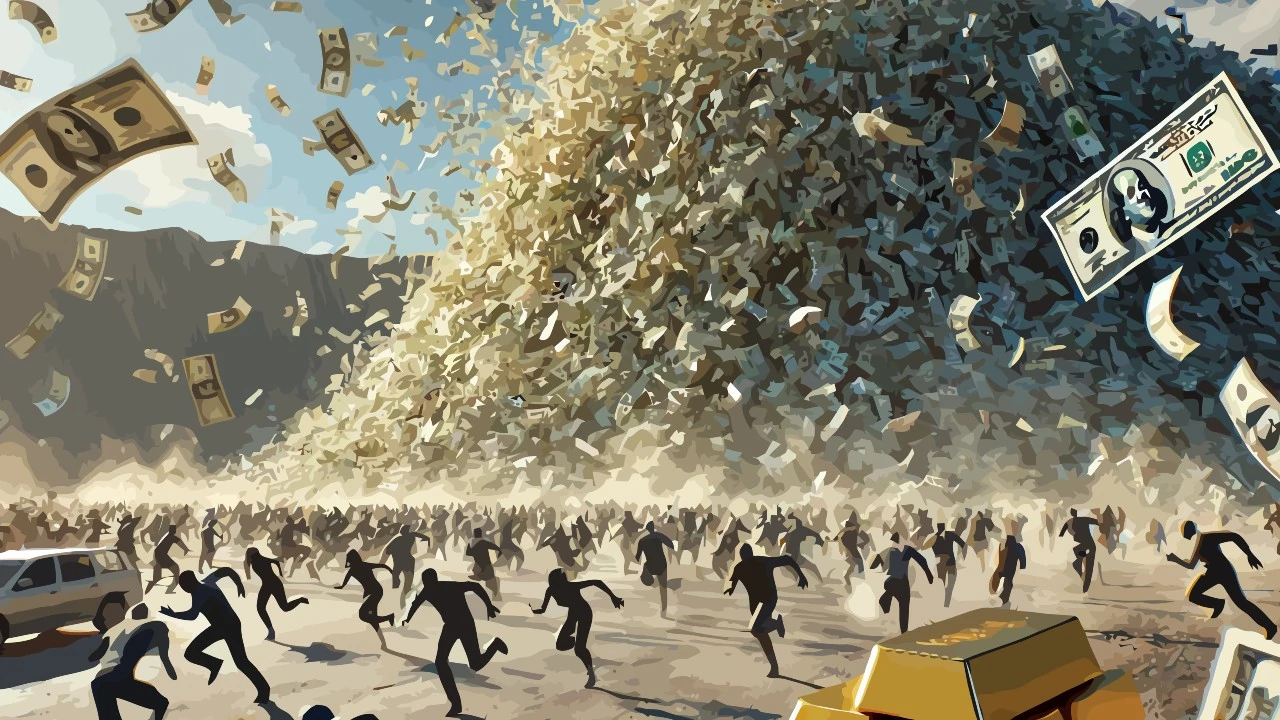
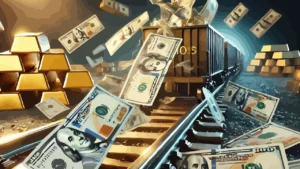
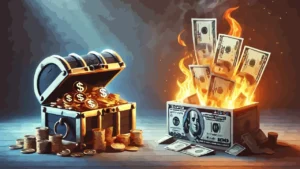
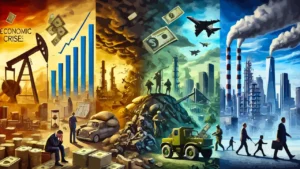
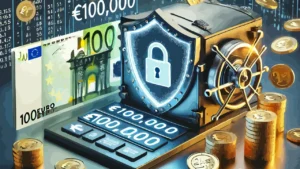
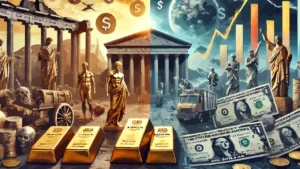
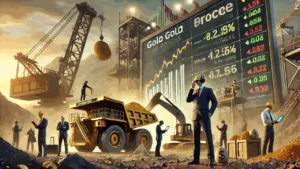
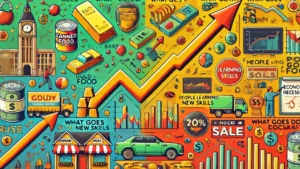
Leave a Reply